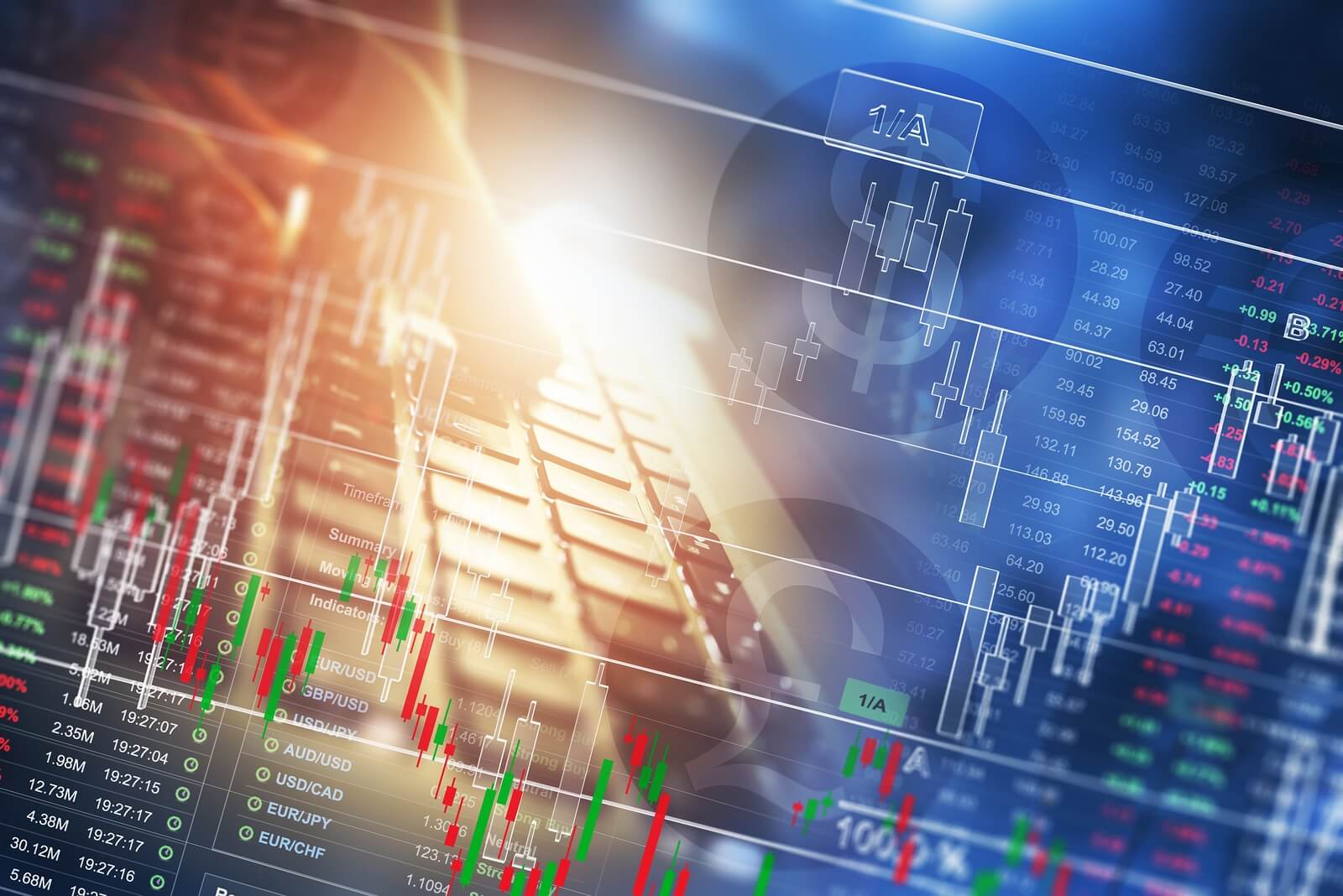The obvious question after experiencing such a rebound is, what’s next? It’s easy to be enamored with the U.S. equity market, especially when the Fed is playing its cards face up. However, the reality is the market rebound was due more to improving investor sentiment and risk appetite—caused largely by the shift in Fed monetary policy—than any meaningful improvements in underlying economic or business fundamentals.
From our vantage point, looking out over our longer-term investment horizon, seemingly little has changed after the roller coaster ride of the last six months. The first quarter of 2019 was certainly a nice respite from the losses of 2018, but we remain prepared for renewed market choppiness as the economic cycle gets later and later (and closer and closer to the inevitable downturn).
While the U.S. economy is still arguably the strongest market, growth expectations have been coming down. At its Federal Open Market Committee meeting on March 20, the Fed downgraded its median GDP growth estimate to just 2.1% for 2019 and 1.9% for 2020, citing the effects of economic slowdowns in China and Europe, fading stimulus from the 2017 Trump tax cuts, and ongoing uncertainty around Brexit and trade policy.
U.S. corporate earnings growth expectations also continue to decline. Consensus earnings-per-share growth estimates for the S&P 500 have dropped from 12% (as of 12/31/18) to just 4.1% as of mid-March. Even with the Fed now on hold, earnings growth will need to improve for stocks to appreciate meaningfully from current levels, given their sharp rebound in the first quarter and high valuations.
On the other hand, there are a number of short-term scenarios that could see further equity gains, in particular in foreign markets. The Chinese government is once again trying to boost their economy via fiscal and monetary policy (including tax cuts, lower interest rates, and expanded bank lending). A revival in Chinese growth would have positive ripple effects across the global economy. It would benefit other emerging markets and Europe in particular, as China is a major importer of their goods. This foreign stimulus, combined with the Fed’s policy U-turn, may enable equity markets to extend their positive run for another few years. This outcome would certainly benefit our portfolio positions in developed international and emerging markets, among other riskier assets.
While we’d prefer to see global growth rebound with continued strong performance, we believe it is wise to be prepared (mentally, emotionally, and financially) for shorter-term downside and negative market surprises. If and when a recessionary bear market strikes, we will look to our holdings in core bonds as well as our other higher-yielding hybrid and alternative strategies to provide ballast to our portfolios and limit the impact of equity declines.
Any prolonged downturn will also likely present us with opportunities to tactically increase our exposure to riskier asset classes, such as U.S. stocks, at lower prices and higher prospective returns.
As always, we appreciate your trust and confidence in our investment discipline, and we work hard every day to continue to earn it.

